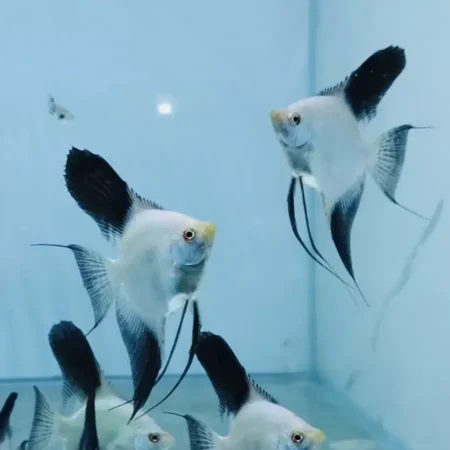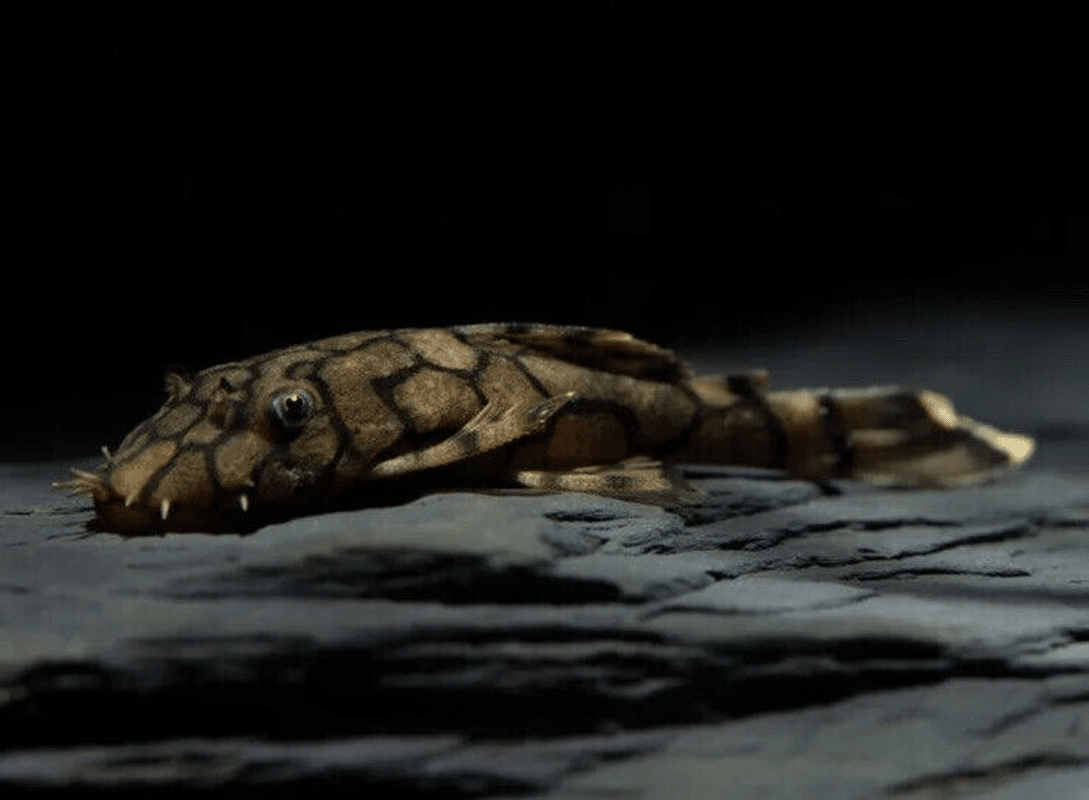-
×
-
×
-
×
-
×
Red Devil Vampire Crab - Geosesarma Hagen - Decapod Crustacean 1 × £8.71
-
×
-
×
-
×
Transform your aquatic environment with the beautiful Bulgarian Seal Point Angelfish, a colorful tropical cichlid perfect for novice fish enthusiasts seeking healthy aquarium fish., Easy Care Fish for Beginners and Enthusiasts 2 × £24.19
-
×
Subtotal: £203.42




 Red Devil Vampire Crab - Geosesarma Hagen - Decapod Crustacean
Red Devil Vampire Crab - Geosesarma Hagen - Decapod Crustacean 

 Transform your aquatic environment with the beautiful Bulgarian Seal Point Angelfish, a colorful tropical cichlid perfect for novice fish enthusiasts seeking healthy aquarium fish., Easy Care Fish for Beginners and Enthusiasts
Transform your aquatic environment with the beautiful Bulgarian Seal Point Angelfish, a colorful tropical cichlid perfect for novice fish enthusiasts seeking healthy aquarium fish., Easy Care Fish for Beginners and Enthusiasts 











Emily Roberts (verified owner) –
I recently added the Rio Itenez Stone Bristlenose Catfish (Ancistrus sp. L519) to my aquarium, and I couldn’t be happier! After about two months, this little guy has transformed my tank. He’s incredibly social and loves to explore every nook and cranny. His algae-eating habits have kept my tank clean, which is a huge plus! Compared to my previous common plecos, the L519 is much more manageable in size and personality, making him a perfect fit for my 55-gallon aquarium.
One thing I appreciate is his striking coloration and patterning; he truly brings life to the tank. I also noticed he’s a lot less territorial compared to other species I’ve kept, which has helped maintain harmony with my other tropical fish.
Shipping was quick, and he arrived healthy and lively, which is paramount for me as a caring fish parent. The only minor concern I had was the initial acclimation; he took a little longer to adjust than I expected, but now he’s thriving! I highly recommend the Rio Itenez Stone Bristlenose Catfish, especially for those looking to enhance their tanks with an engaging, active fish that contributes positively to the aquarium’s ecosystem.
Emma Richards (verified owner) –
I recently added the Rio Itenez Stone Bristlenose Catfish (Ancistrus Sp. L519) to my tank, and I couldn’t be happier! As a caring fish parent, I prioritize the health and happiness of all my aquatic friends, and this little guy has been a fantastic addition. After just two weeks, I’ve noticed a significant decrease in algae growth, which helps maintain a clean environment for my other tropical fish. His gentle nature allows him to coexist beautifully with my corydoras catfish, creating a balanced and thriving ecosystem.
One of the standout features is how low-maintenance these algae-eating fish are. I appreciate that they can thrive in various water conditions, making them perfect for beginners like me. My only minor concern is that he can be a bit shy at times, often hiding during the day, but he comes out more during feeding time, which is delightful to watch. If you’re considering adding a peaceful and efficient algae eater to your tank, I highly recommend the L519. They’re perfect for anyone looking to enhance their aquarium while also caring for fish welfare!